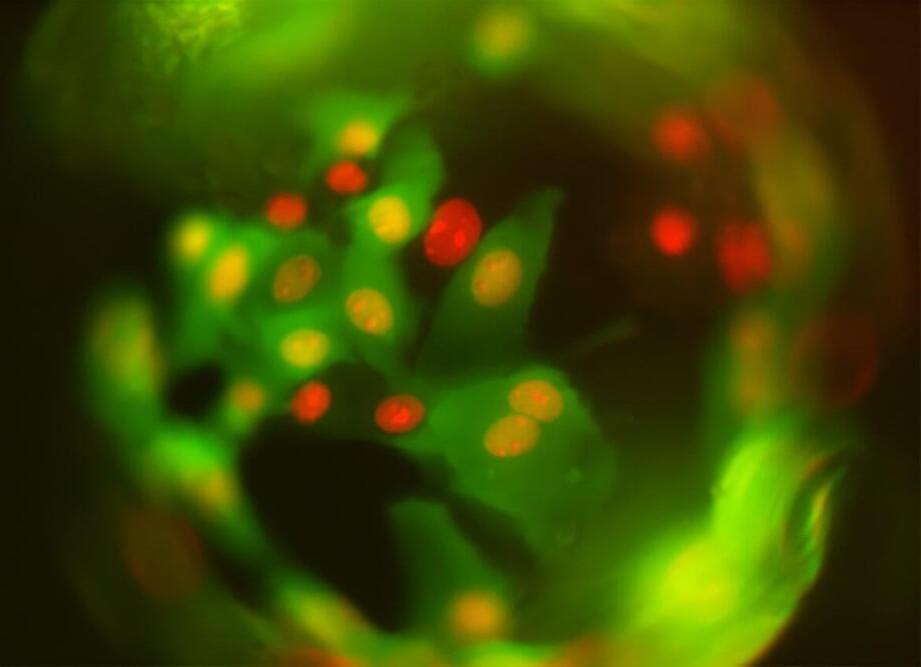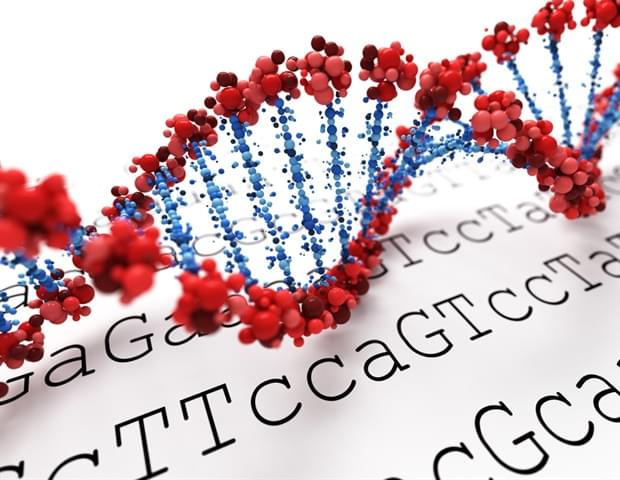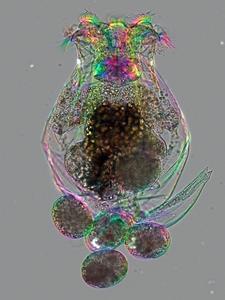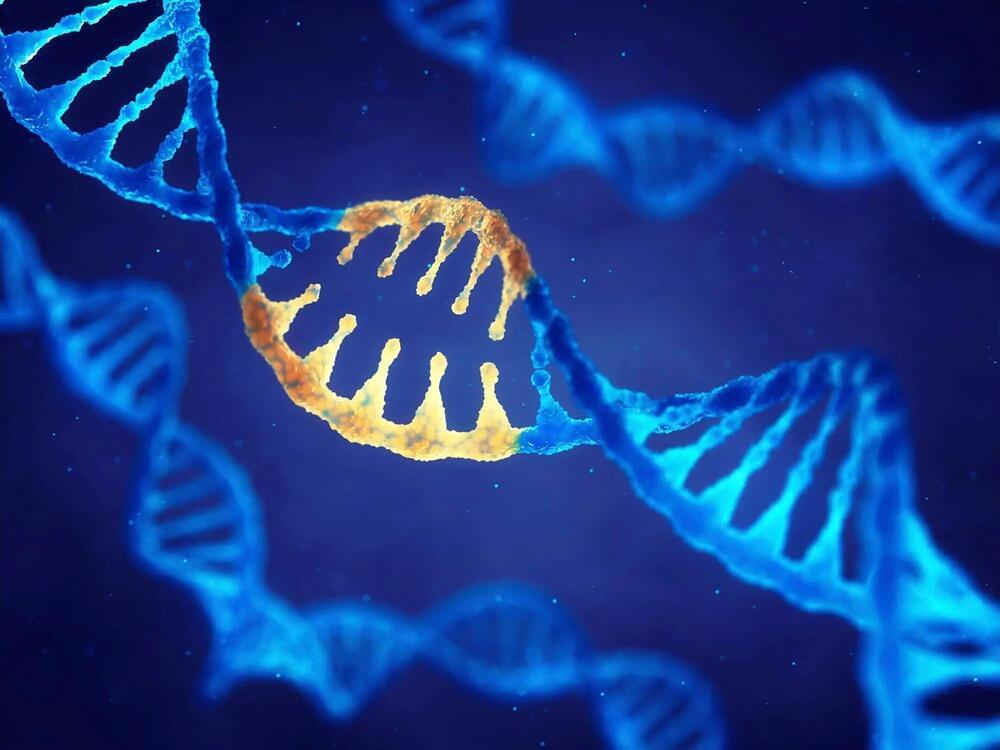Aug 11, 2023
MaxCyte signs strategic platform license with prime medicine to advance next-generation gene editing therapies for patients
Posted by Paul Battista in categories: bioengineering, biotech/medical, genetics
MaxCyte, Inc., a leading, cell-engineering focused company providing enabling platform technologies to advance the discovery, development and commercialization of next-generation cell-based therapeutics and to support innovative, cell-based research, today announced the signing of a strategic partnership with Prime Medicine, Inc., a biotechnology company committed to delivering a new class of differentiated one-time curative genetic therapies.


















